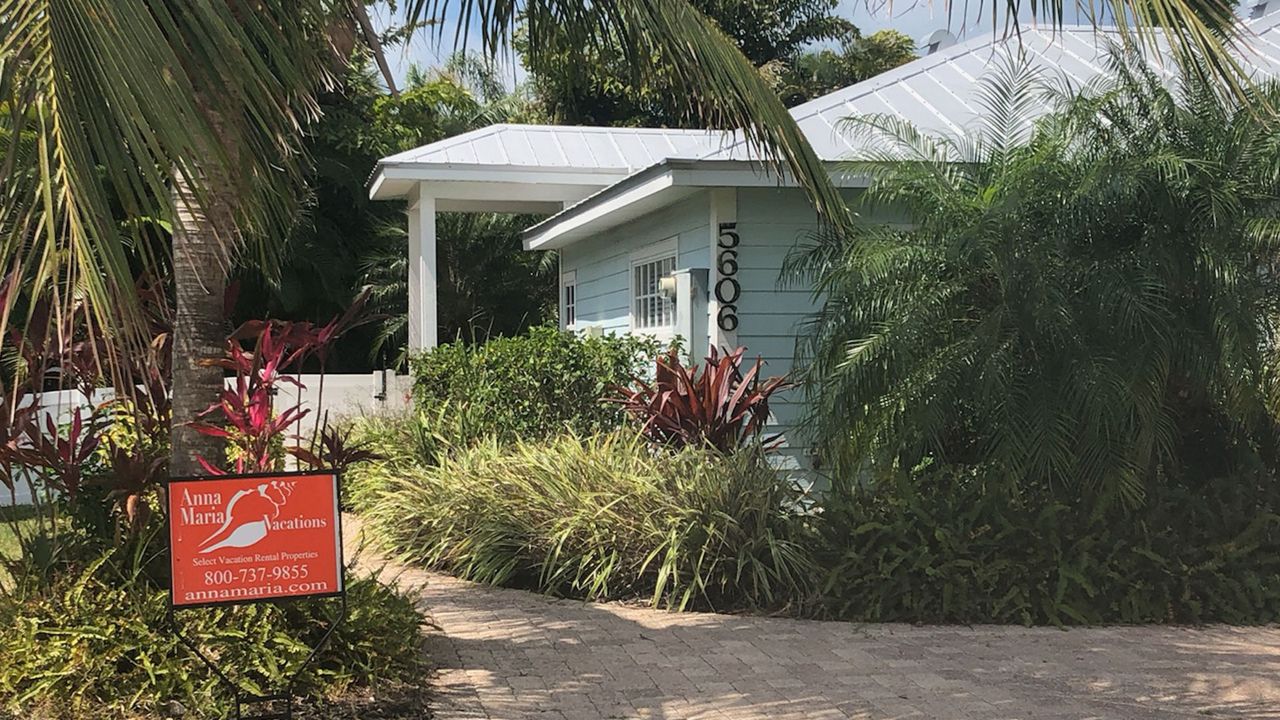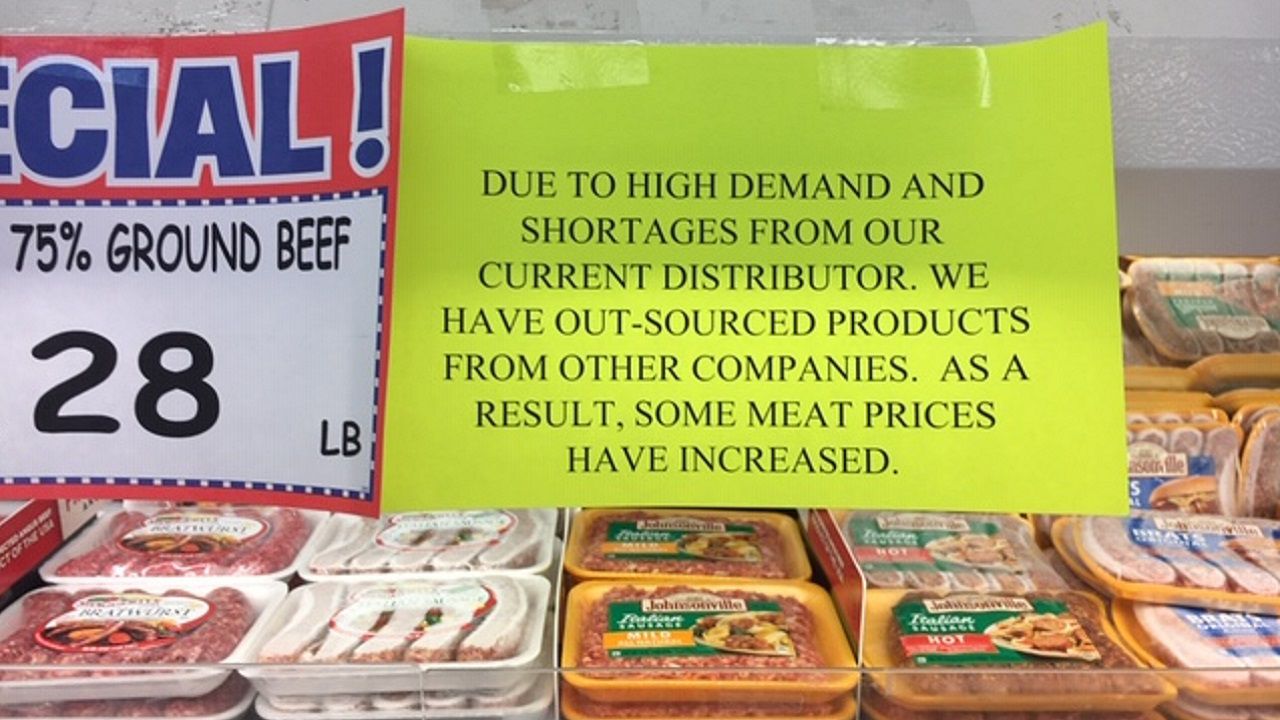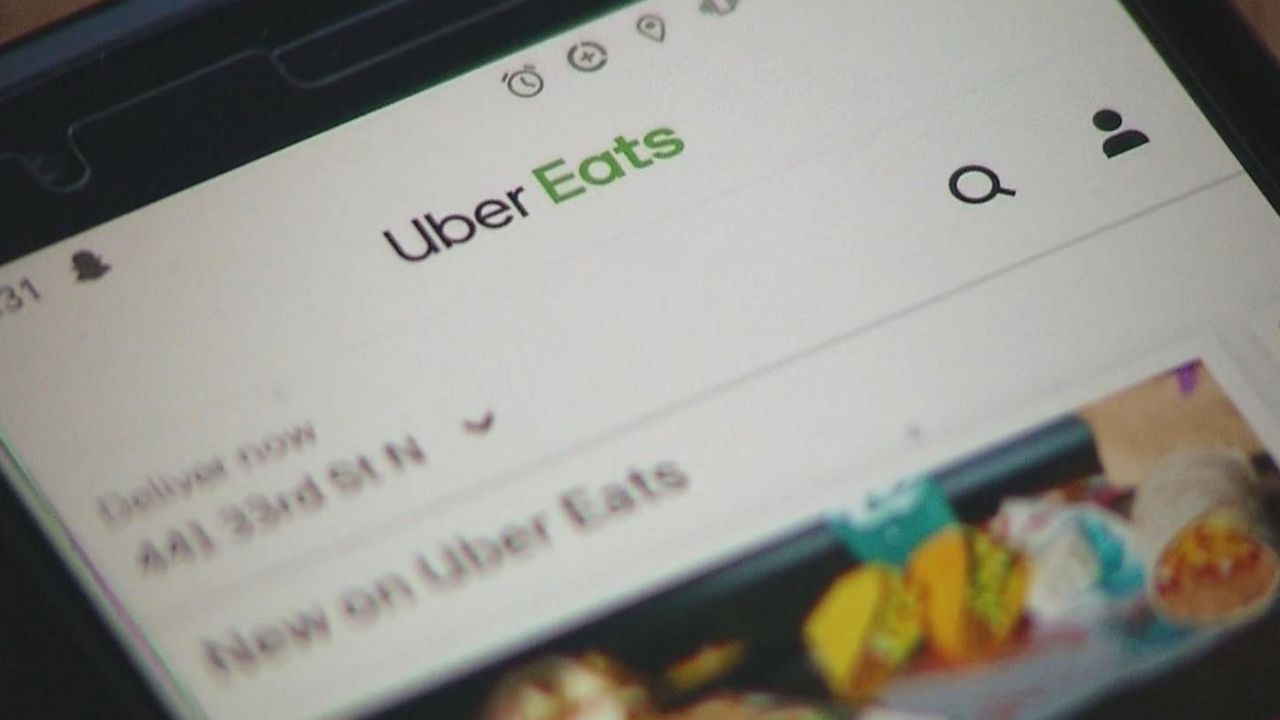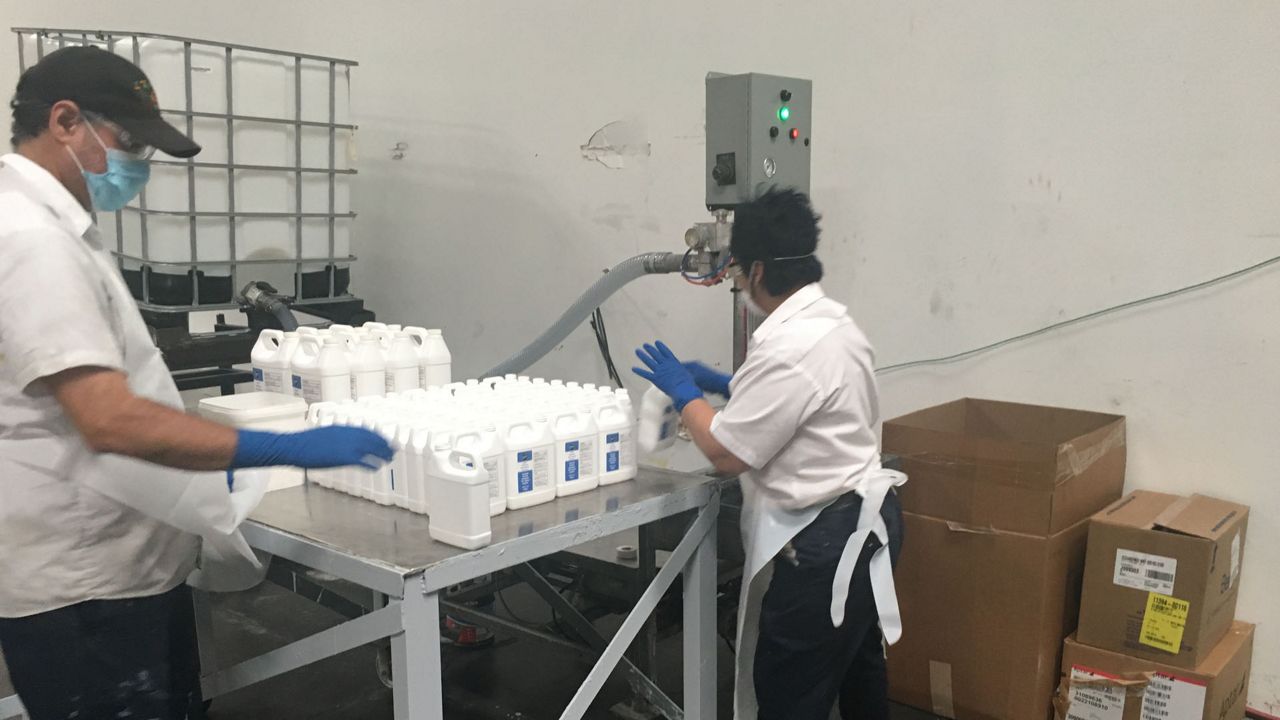If you've had a prescription filled lately, odds are it's a generic. Some 80 percent of all prescriptions are filled as generics.
"Doctors typically write for brand names, but pharmacies are allowed to substitute automatically," said Brad Esposito, Palma Ceia Family Care Pharmacy owner.
Link: U.S. Food and Drug Administration's generic drug facts
Generics are cheaper, because the manufacturer doesn't have to pay for marketing and the initial research to develop the drug, but the U.S. Food and Drug Administration says they have the same quality and effectiveness.
Patients say that's not always the case.
"I had shooting pain down my leg so severe that it could almost take your breath away," said James Buscarini, who had several back surgeries and found a difference when he took the generic version of a pain killer.
"No relief," he said referring to the lack of effectiveness from the generic painkiller Hydrocodone that he took.
By comparison, he says when he took the brand name painkiller Norco, it worked.
"I took the same dosage and it worked wonderfully," he said.
Different Formulas
Formulas for generics are not exactly the same. The FDA allows the active ingredient to fall as much as 10 percent above or below the blood concentration achieved with a brand name.
The biggest difference with generics comes with inactive ingredients, which can make a pill look different than the brand name -- things like size, shape, and color. But more importantly, inactive ingredients can affect things like the way your body absorbs the drug, which can make it ineffective, make you sick to your stomach, dizzy or even allergic.
"It comes down to genetics and your DNA and how your body responds to different things," Bucarini said.
You have to be especially careful when it comes to certain medications called Narrow Therapeutic Index drugs. They include medications for seizures, heart arrhythmias, thyroid hormones, lithium, and blood thinners. NTI's have a very narrow margin between what is safe and effective and what is toxic, so even small variations can be dangerous.
Time-release drugs can also often have issues, because the standards don't regulate how quickly the medication reaches its peak concentration. That can lead to side effects like dizziness or nausea.
What to do?
If you have a reaction or find a generic doesn’t work for you, first, try another generic if one is available or a different drug for the same problem. If you still find no relief, your doctor will have to write that the brand name is "medically necessary."
"It may prompt the insurance to reject that claim, but you can go through and get a prior authorization," Esposito said.
If you do need a brand name, you still might have to pay a higher co-pay. If that's the case and it’s a new drug, go online to try and find a manufacturer's coupon-- which could actually be cheaper for you than using insurance.
Generics cost about 85 percent less than brand names and most do work just fine for most people. So it makes sense to at least try them first, before paying extra for a brand name.









